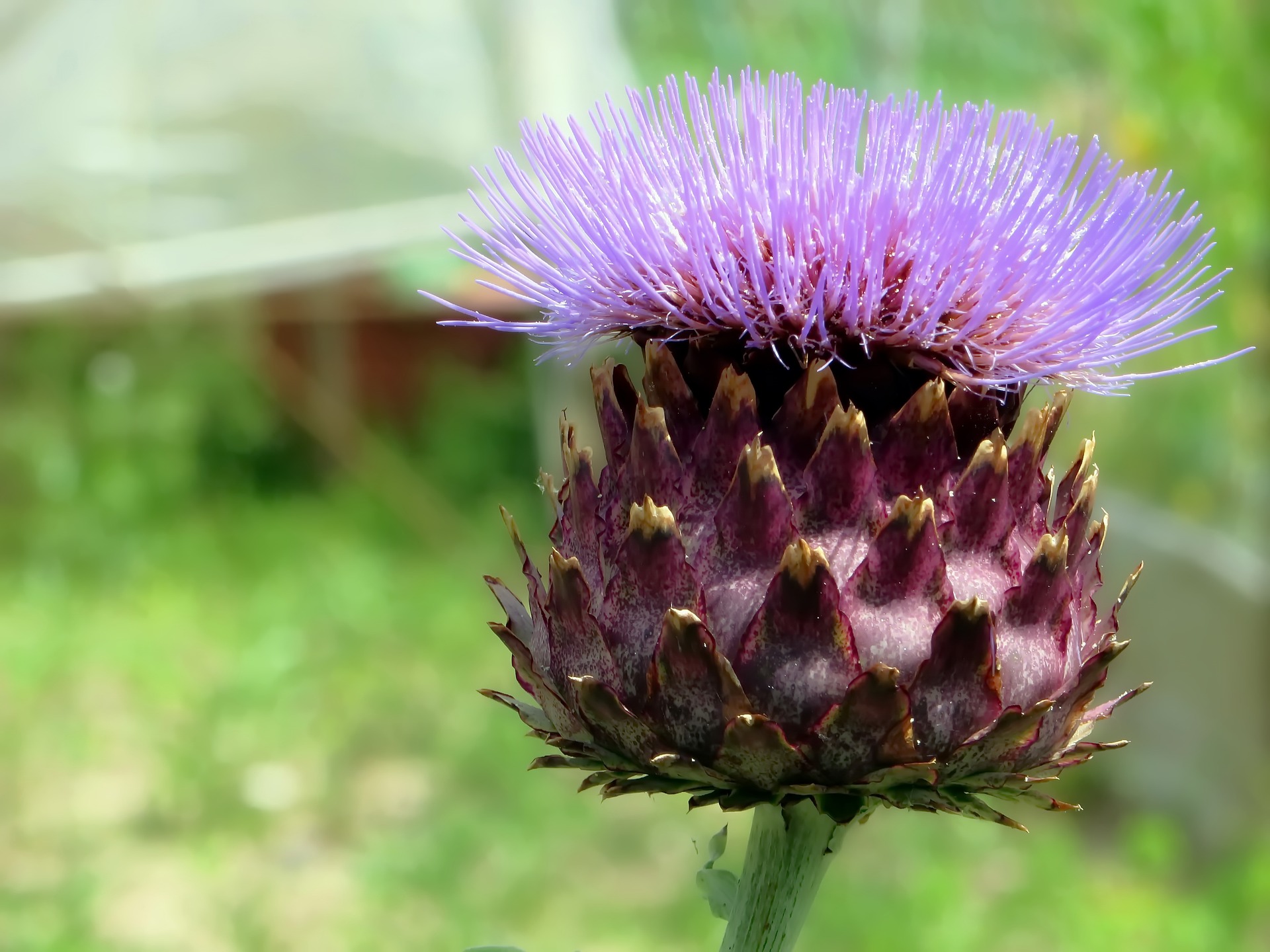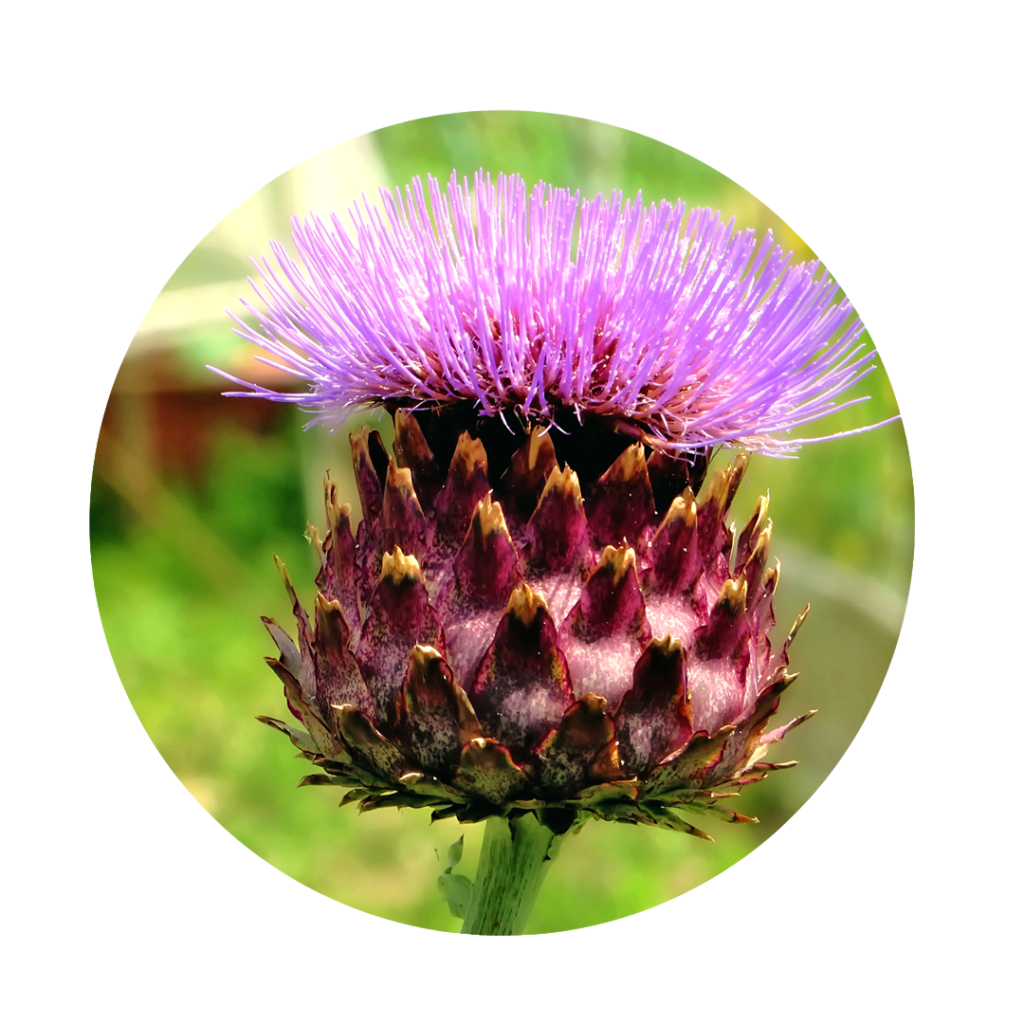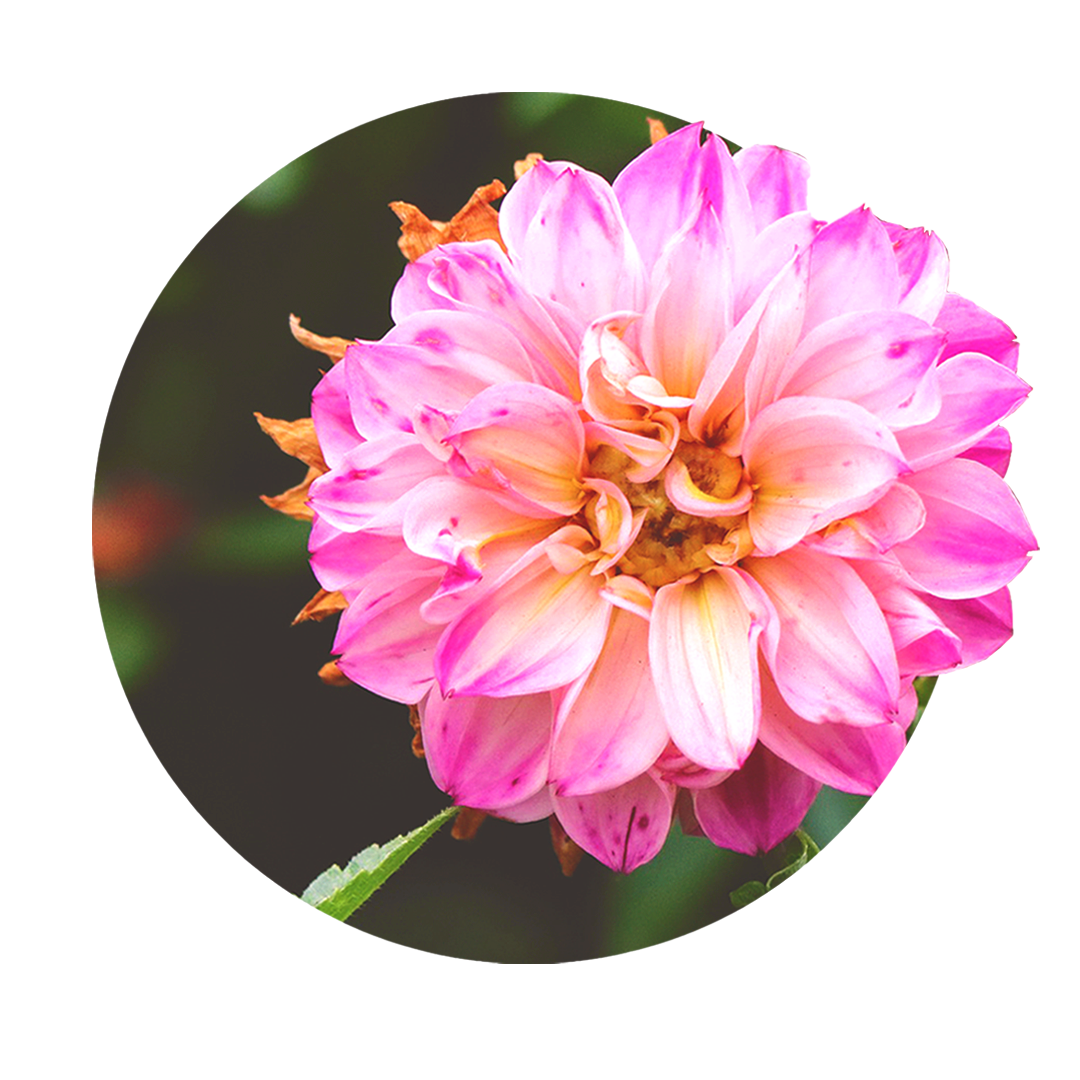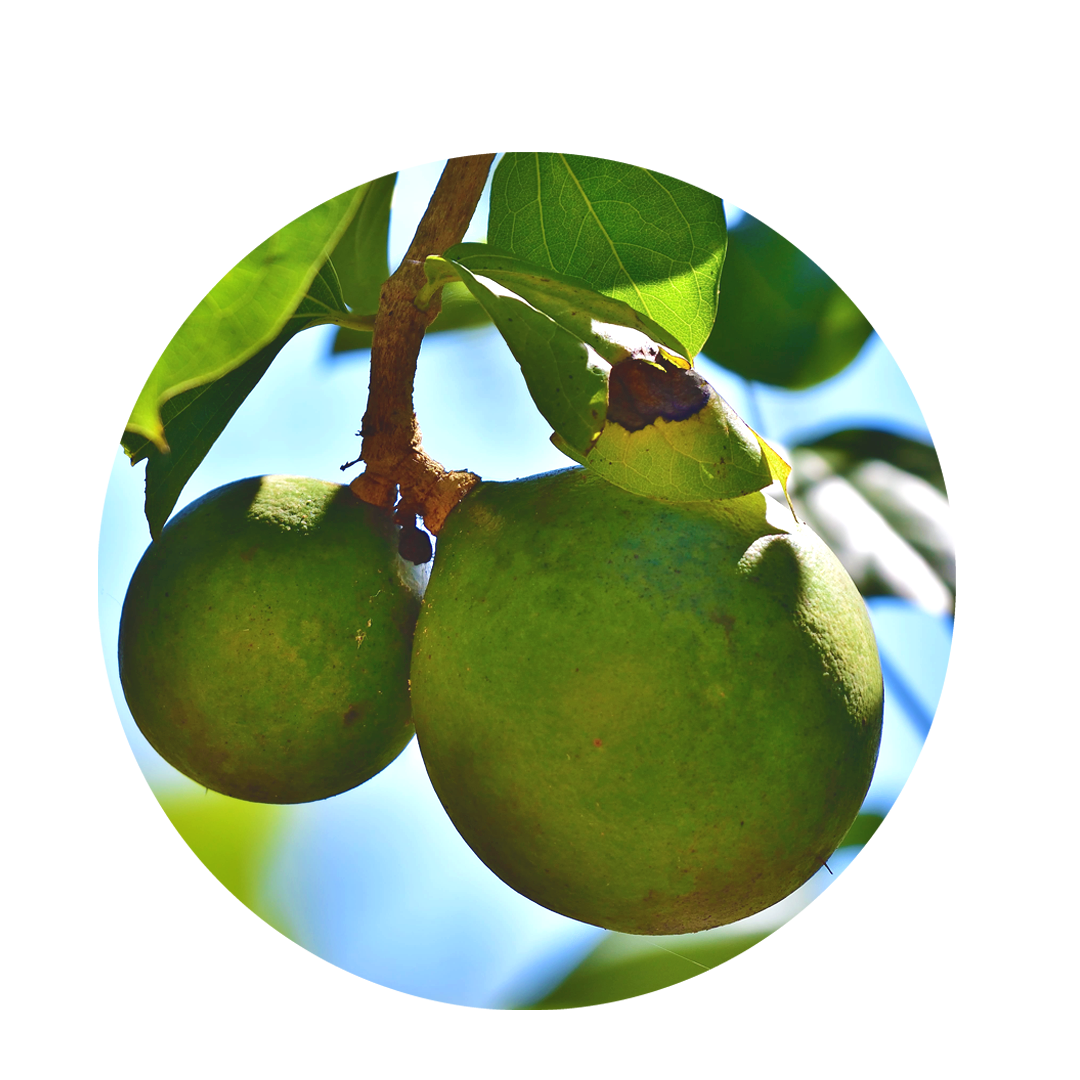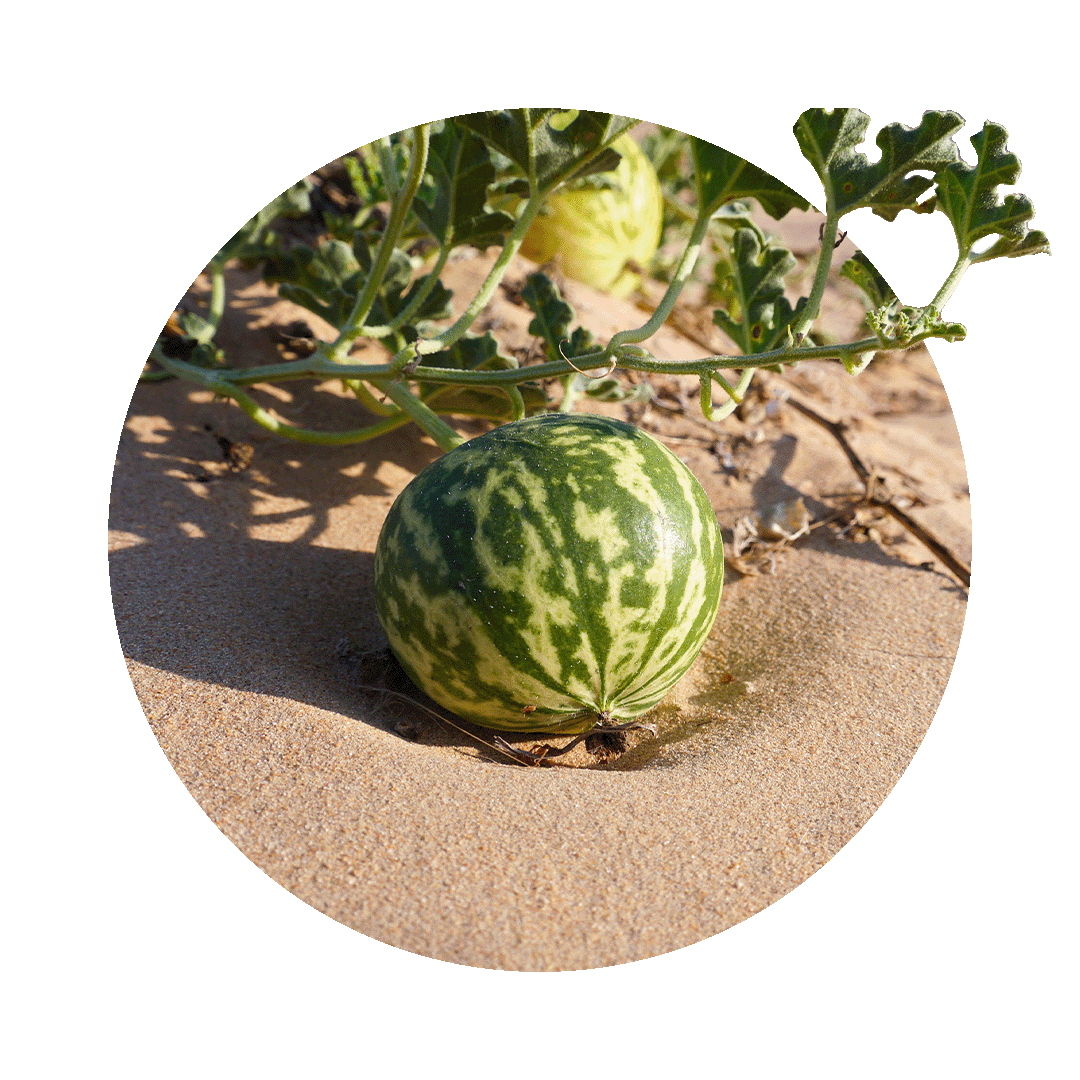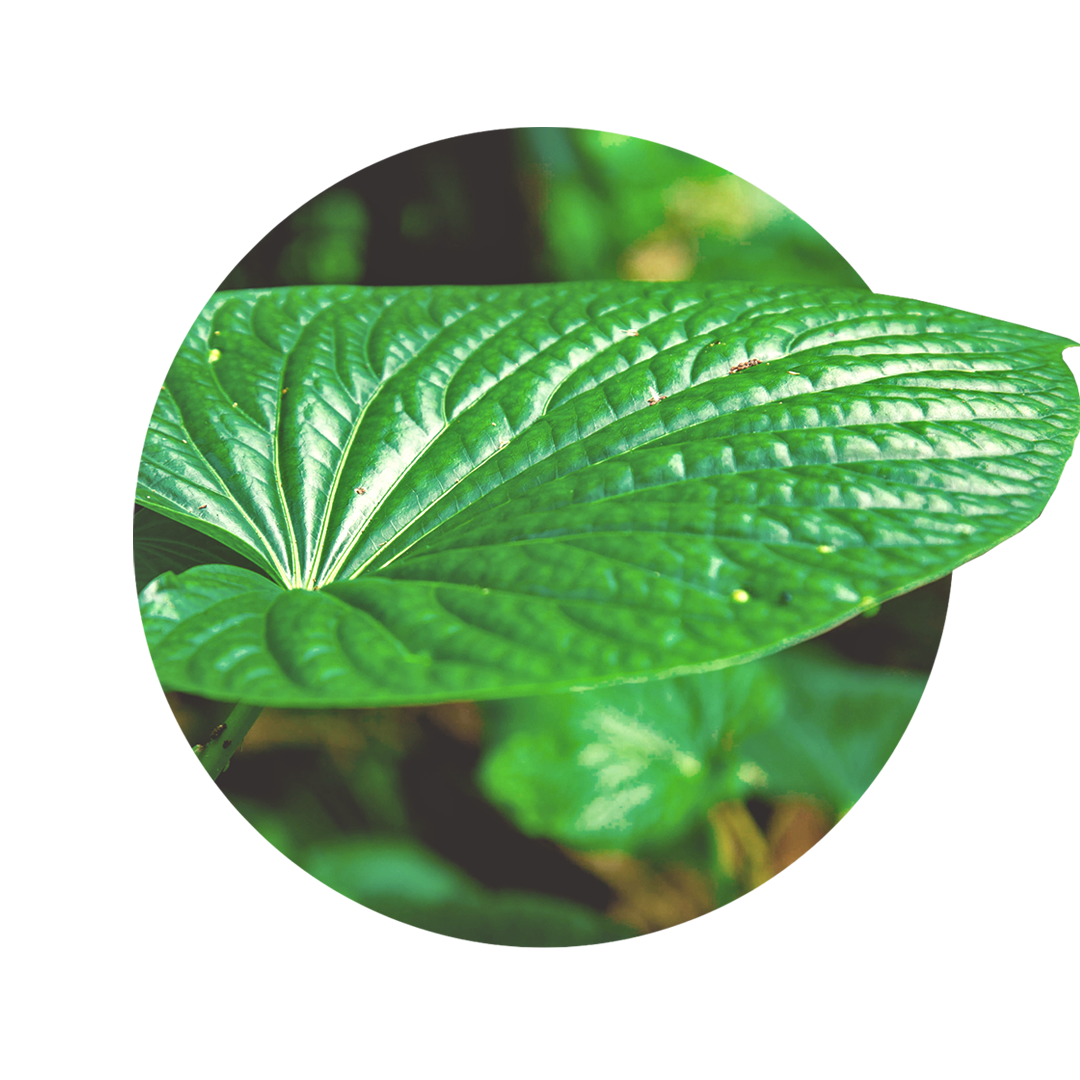Artichoke: vegetable that can do more
Artichoke is considered one of the great remedies for liver and gall bladder. It has been cultivated in Europe since around the birth of Christ and has thus become part of the cuisine and medicinal treasure trove. The spread of artichoke in Europe was massively promoted only in the time of Catherine de Medici. In this period it conquered the palace gardens, as it was considered very noble and distinguished. Due to the work of Catherine de Medici, the medicinal plant has a firm place in French cuisine to this day and is eaten there with pleasure. In naturopathy, it has earned a reputation as appetizing, digestive and cholesterol-lowering.
Facts about the artichoke
Did you know that...
...the Italian digestive Cynar is made from artichokes?
...the artichoke is also a thistle species?
What is the artichoke?
The artichoke is a species of thistle from the composite family. This bush-like growing plant, which grows up to 2 meters high, originally comes from the Arabian countries and arrived in the Mediterranean region around the birth of Christ. Its thorny foliage leaves are bipinnate to tripinnate, with gray-felted hairs on the underside, and grow between 40cm and 80cm long. The basket-like inflorescences are the part of the plant that is harvested and eaten as a delicacy. The petals are hard and leathery, but become flesh, tender and tasty towards the base of the inflorescence. Harvested this part should be before the plant begins to bloom. However, the purple, large flower of the medicinal plant is also a real splendor and very decorative for the plant and the garden.
General and healing properties of the artichoke
Cholesterol lowering
Digestive
Metabolism activating
Cynara scolymus: Ingredients
You can find the following ingredients in the artichoke:
- Bitter substance cynarin
- Quinic acid derivatives
- Flavonoids
Artichoke: effect for body and mind
The artichoke is one of the great liver healing plants that we have in the repertoire of naturopathy. It is the specialist for fat digestion and metabolism and relieves the strained intestine. With this medicinal plant it is important to use it repeatedly, but with some breaks. It has received special attention in recent years because of its cholesterol-lowering effect, which plays an important role for patients with cardiovascular risk. Here it can play an important natural role in reducing the risks. By stimulating the liver and relieving digestion, it can also be seen as an important remedy for people whose digestion costs them so much energy that they suffer from chronic fatigue. So it also has a strength-giving and relieving aspect in itself, which the digestive weak quickly learns to love.
Properties of the artichoke:
- Cholesterol-lowering
- Liver stimulating
- Metabolism-promoting
- Improving fat digestion
- antiarteriosclerotic
- Appetizing
Fields of application in naturopathy
Artichoke stimulates the function of the liver & gall bladder
Cynara scolymus to promote digestion
Artichoke lowers blood lipid levels
Cynara scolymus for gastrointestinal disorders
Artichoke lowers cholesterol level
The cholesterol belongs to the so-called blood fat values. In recent years, Cynara scolymus has proven in various studies that it sustainably reduces blood lipid levels. Thus, the artichoke is one of the few plants that demonstrably reduces the risk of arteriosclerotic processes in the vessels and thus prevents secondary diseases.
Cynara scolymus improves fat digestion
Notes on the use of artichoke
Artichoke during pregnancy & lactation
Artichoke for a daisy allergy
Cynara scolymus for inflammation of the bile ducts
Artichoke for liver inflammation
Discover our recipes
With natural methods such as the individual spagyric sprays from Zimply Natural, complaints can be treated and sustainably alleviated.

